Trip to Equi Terme, in the Apuan Alps Regional Park.
Yesterday, 15th November 2016, we went to Equi Terme, in the Apuan Alps Regional Park, to see Equi Gorge and a marble quarry. We left by schoolbus at 9 o'clock and we arrived in Equi Terme at 9:15. At the Geopark Visitor Centre there were two guides waiting for us. They led us along the path, told us the name of the plants we saw and they answered all our questions. The excursion lasted four hours and we walked about 7 km. It was very cold but sunny.
Arrival at the Geopark Visitor Centre
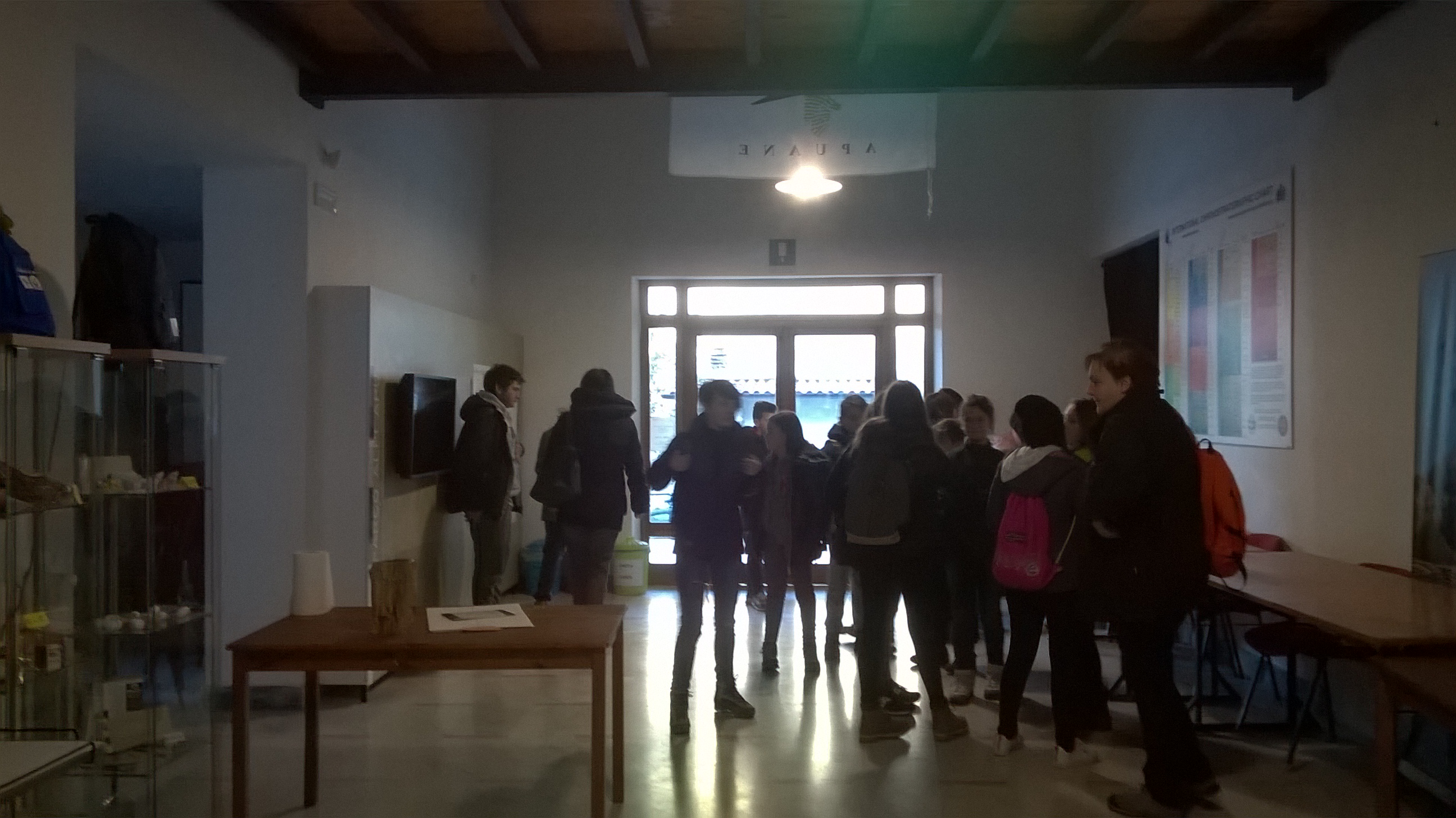
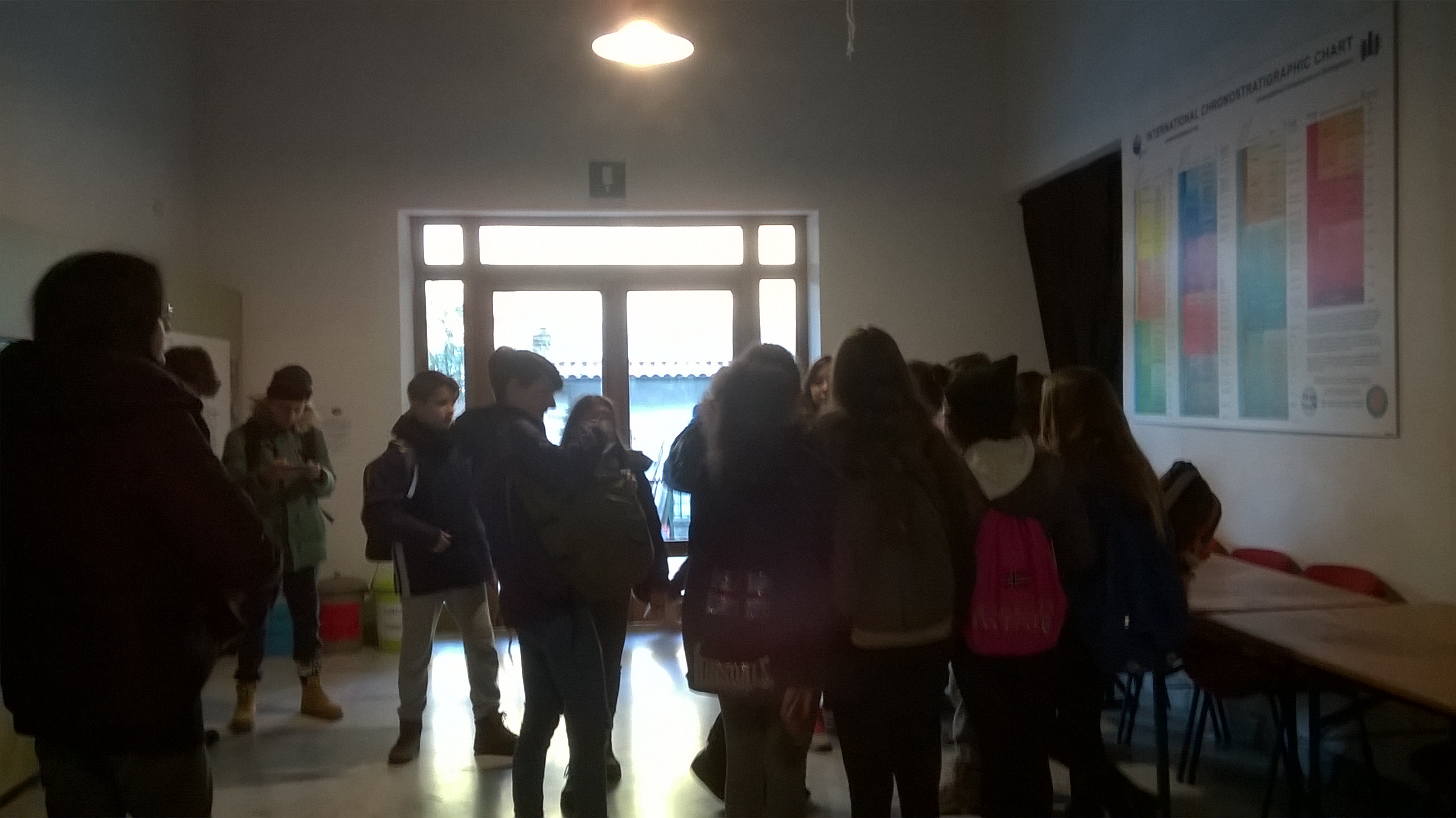
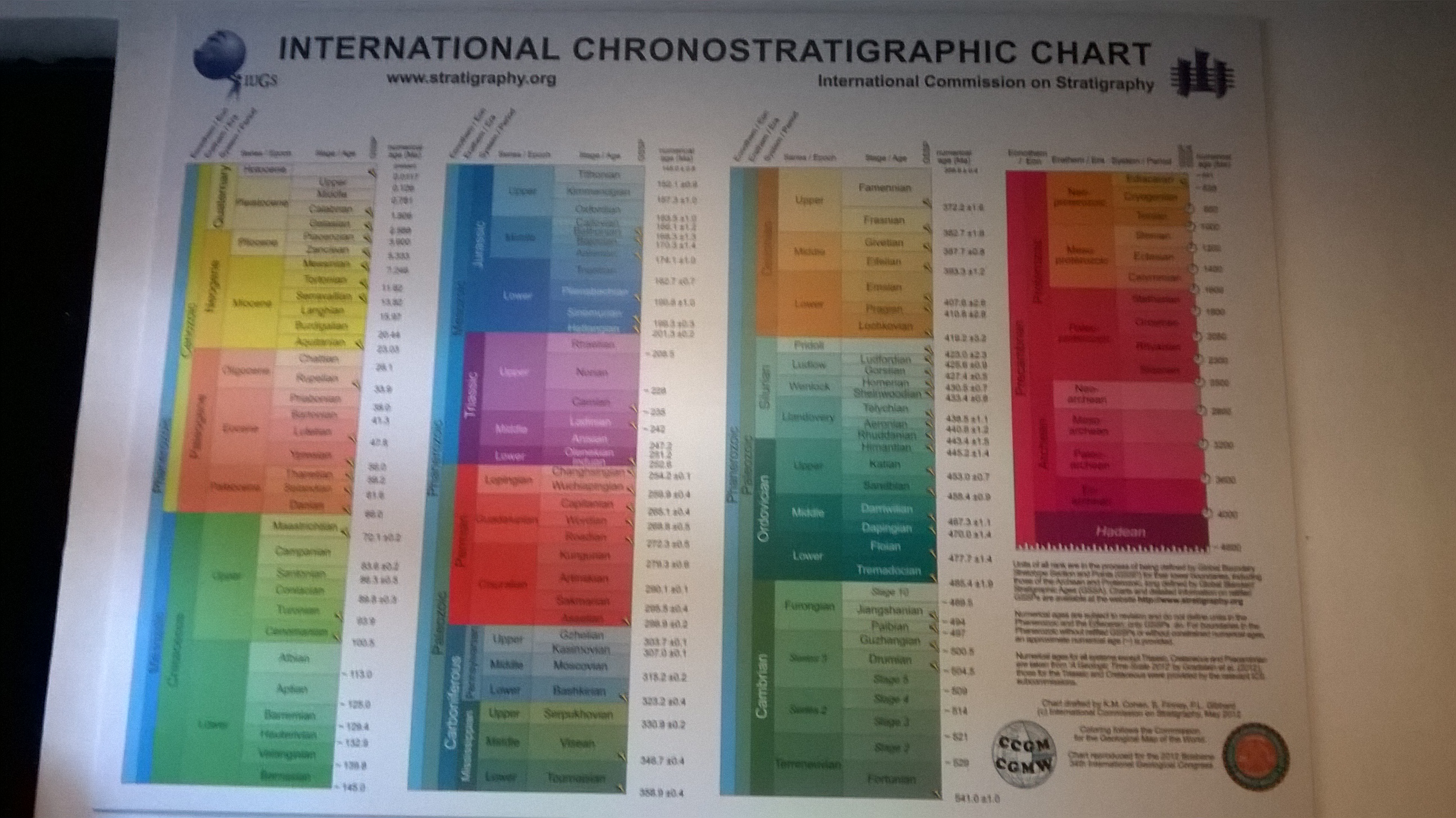
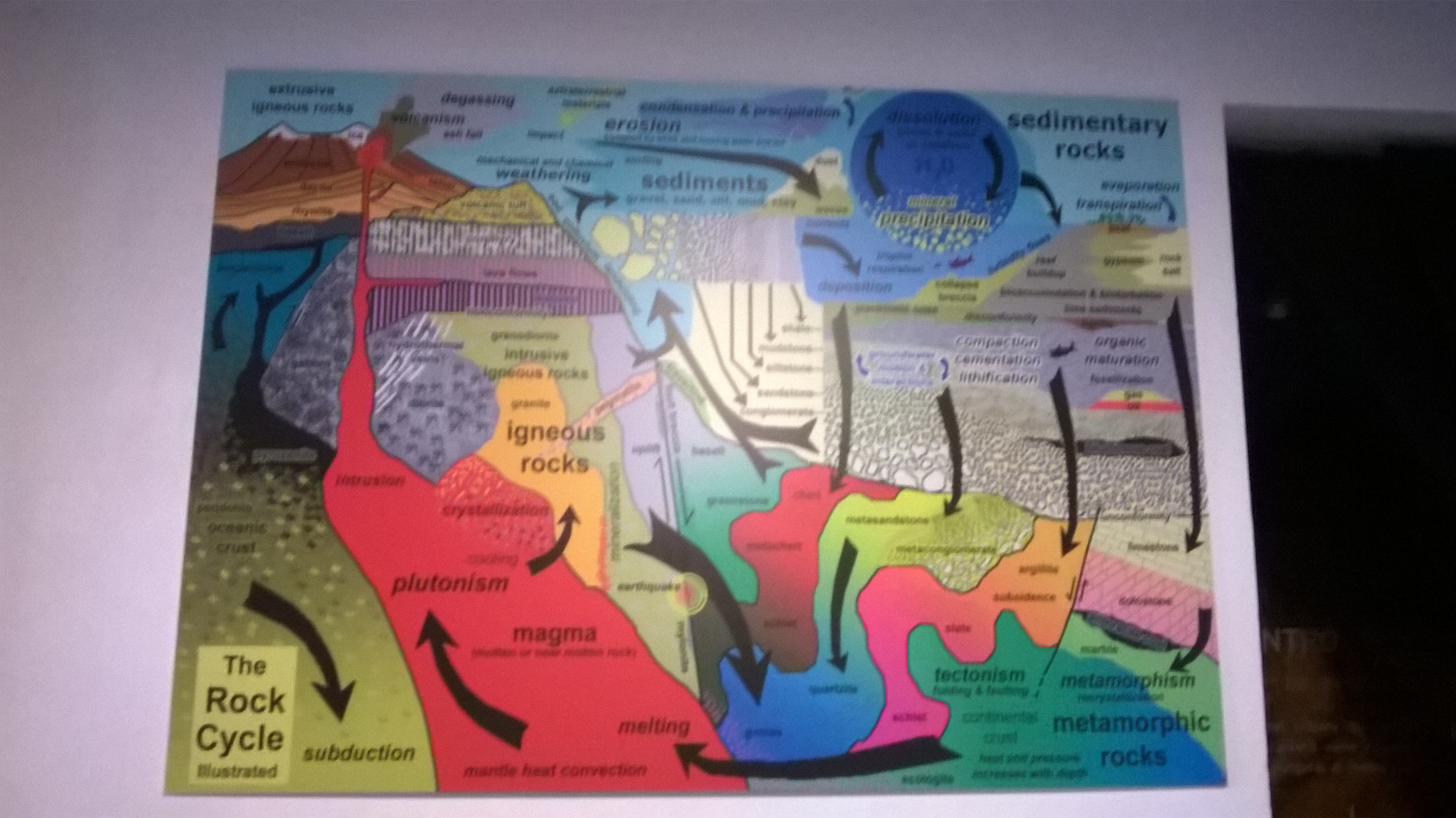
Walking along Equi Gorge
Equi Gorge is a narrow canyon carved down the millenniums by the river and by a glacier. In fact, during the last glaciation, a small glacier sank along Equi Gorge, thanks to its favourable north exposure.
Following this path we saw some endemic plants: GLOBULARIA INCANESCENS, PINGUICOLA APUANA and SANTOLINA LEUCHANTA. These plants are endemic because they adapted to live in extreme conditions in the Apuan Alps and grow only there.
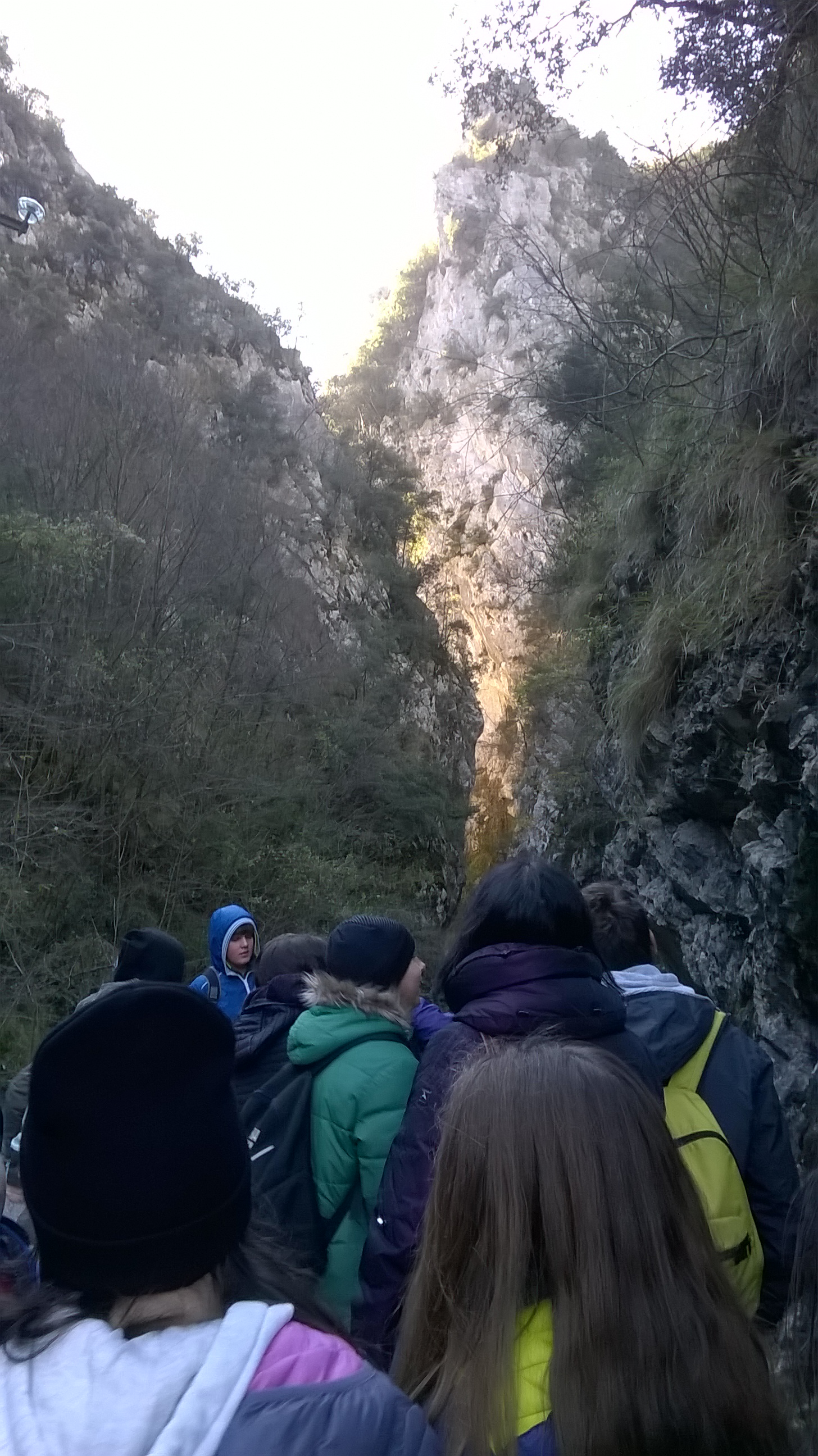
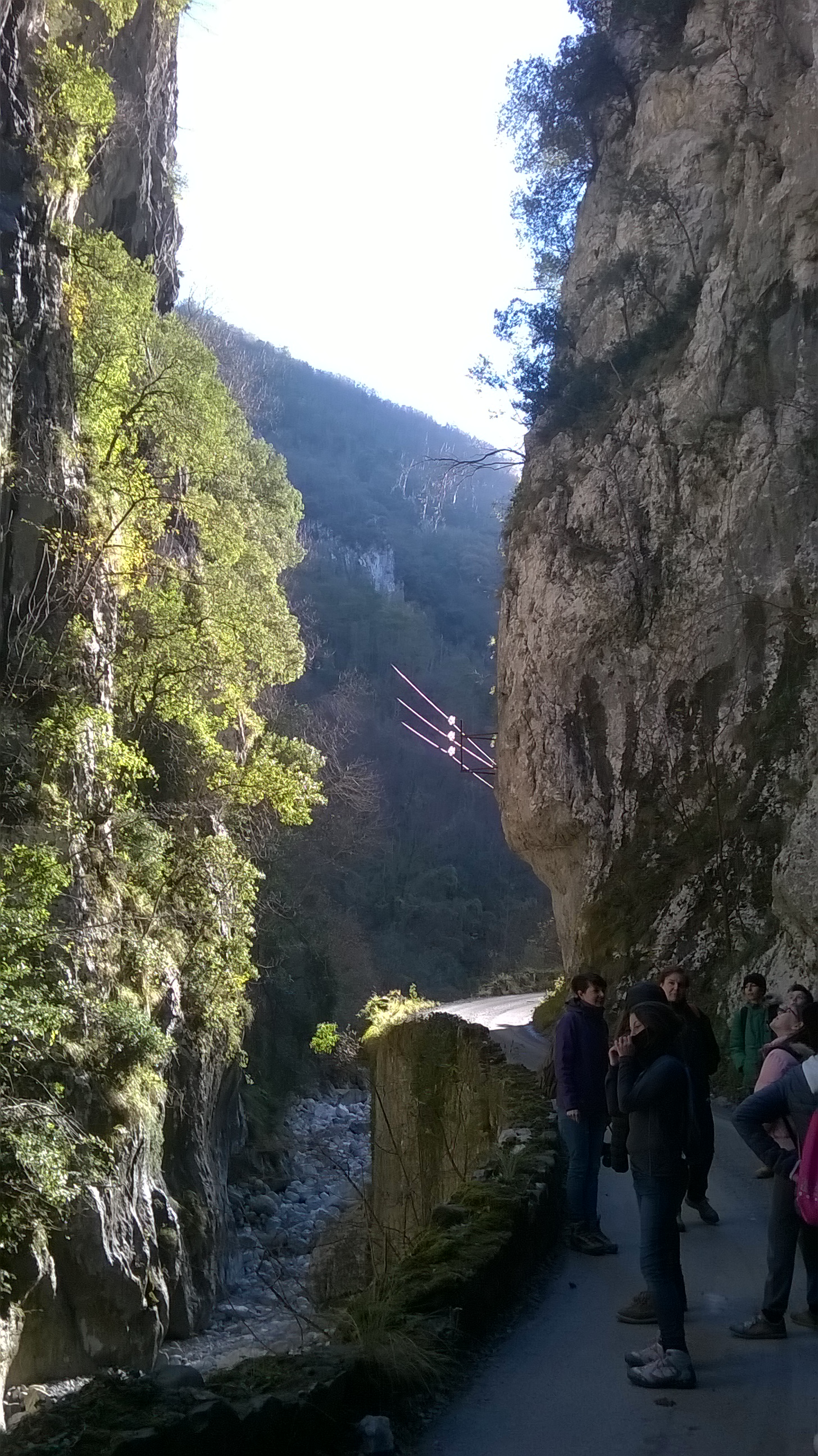
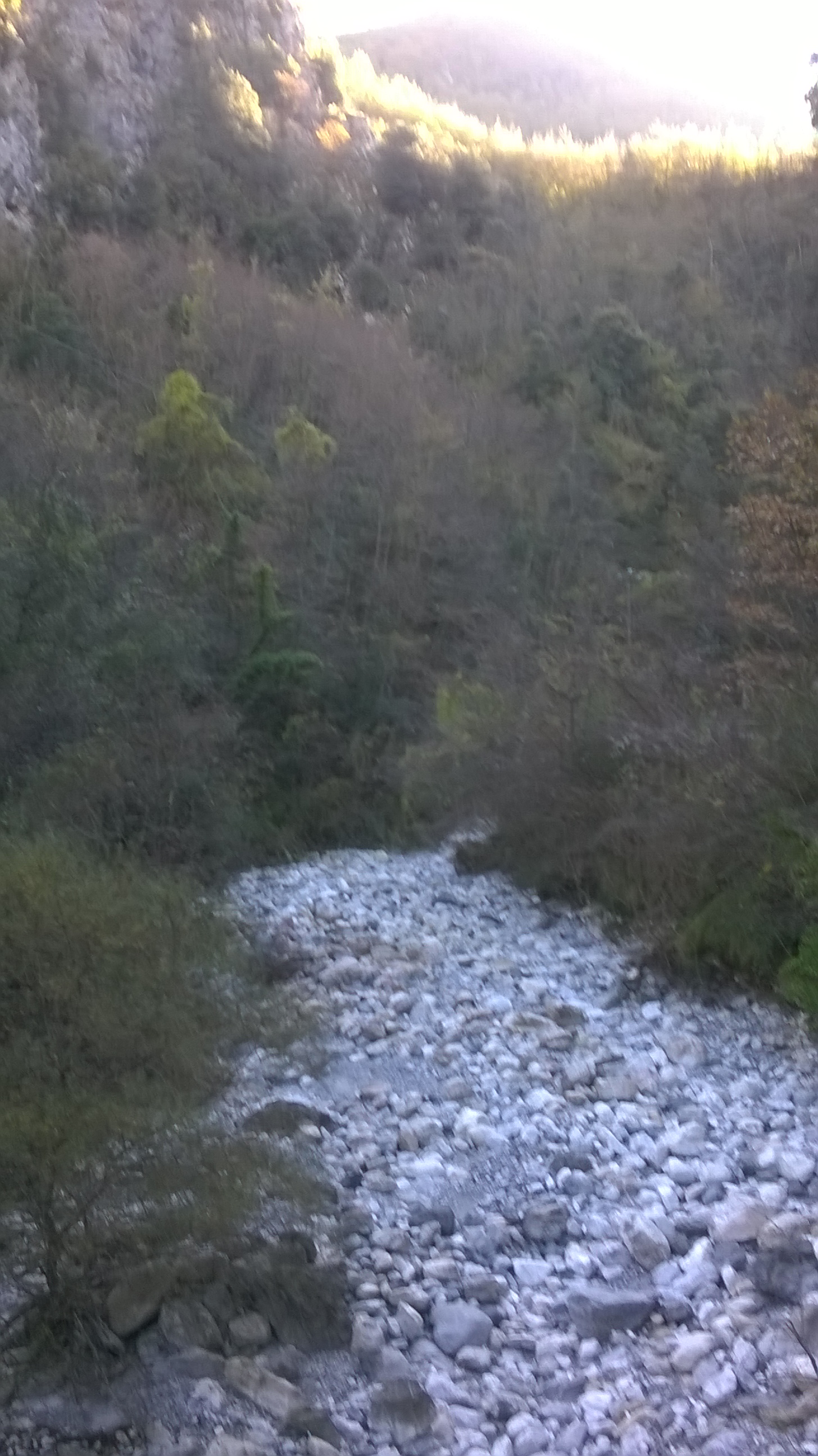
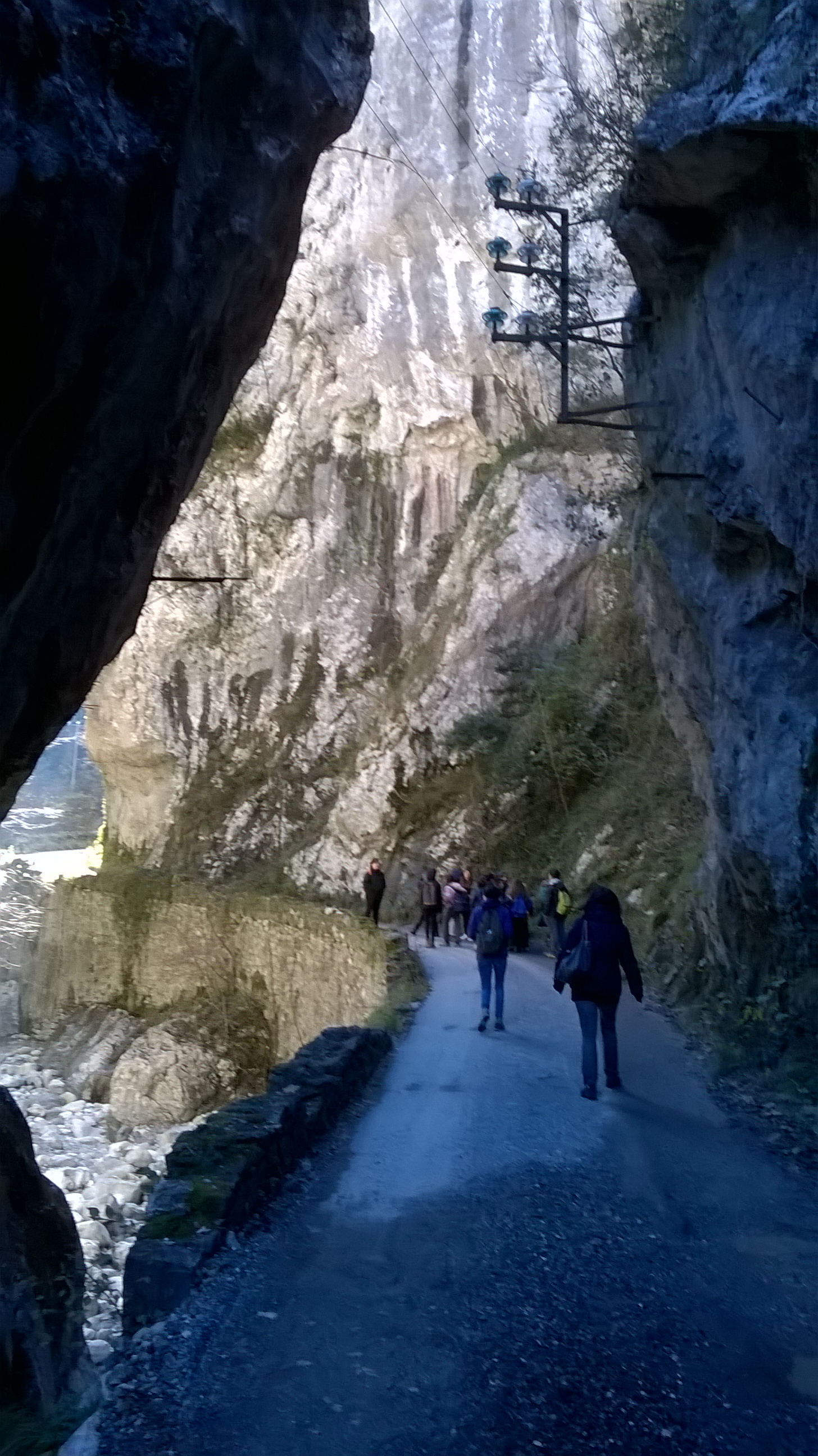
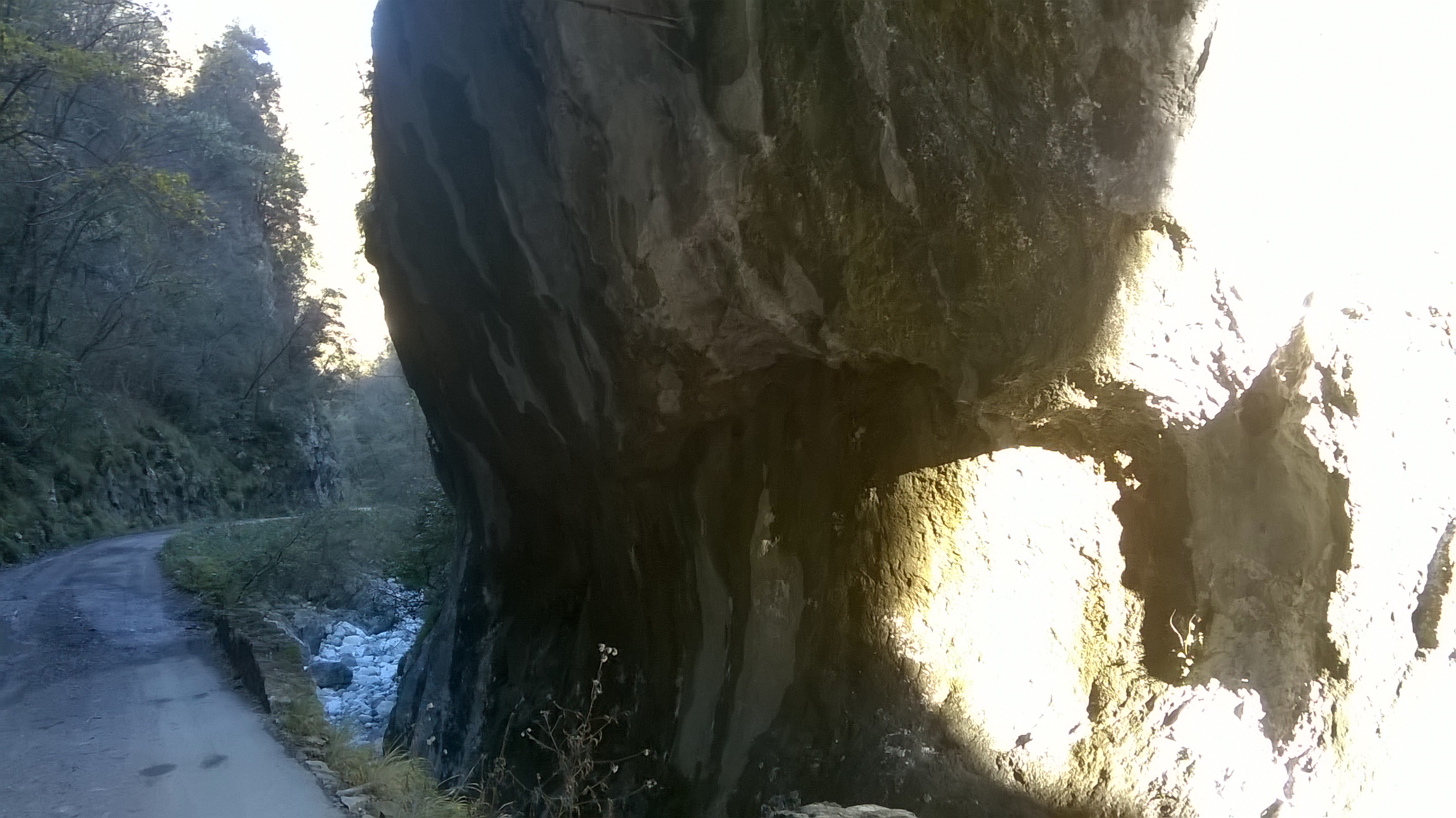
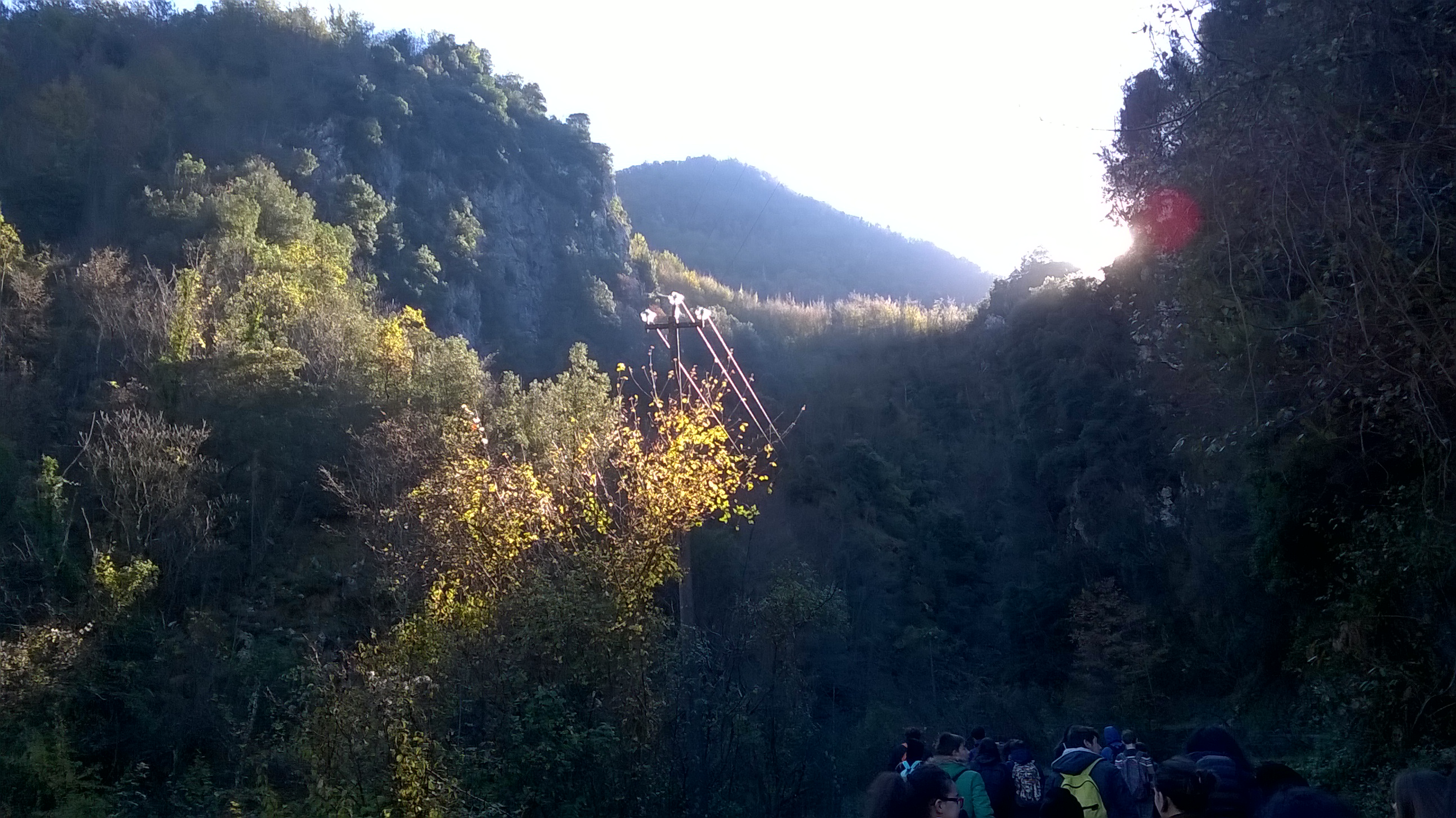
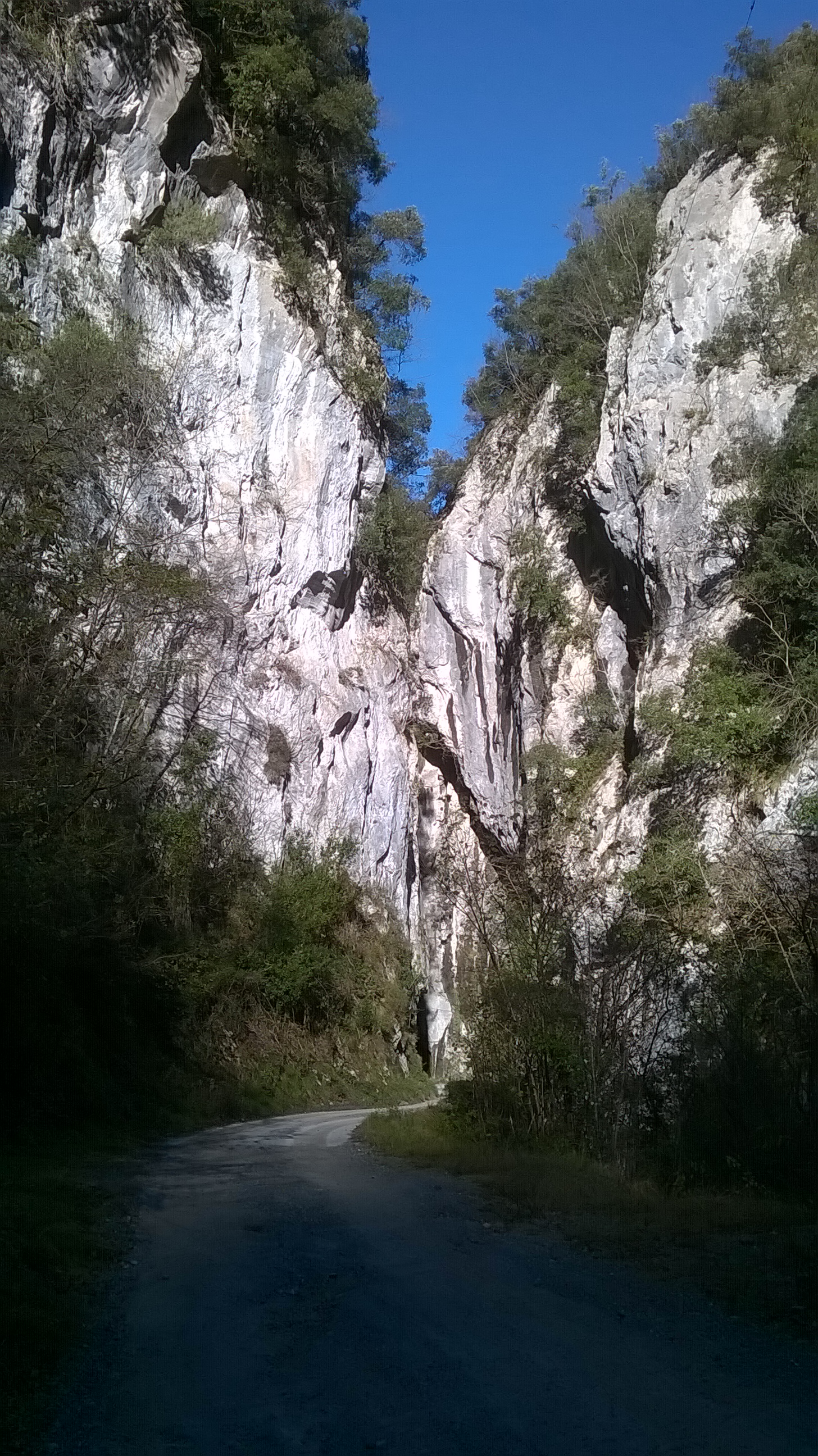
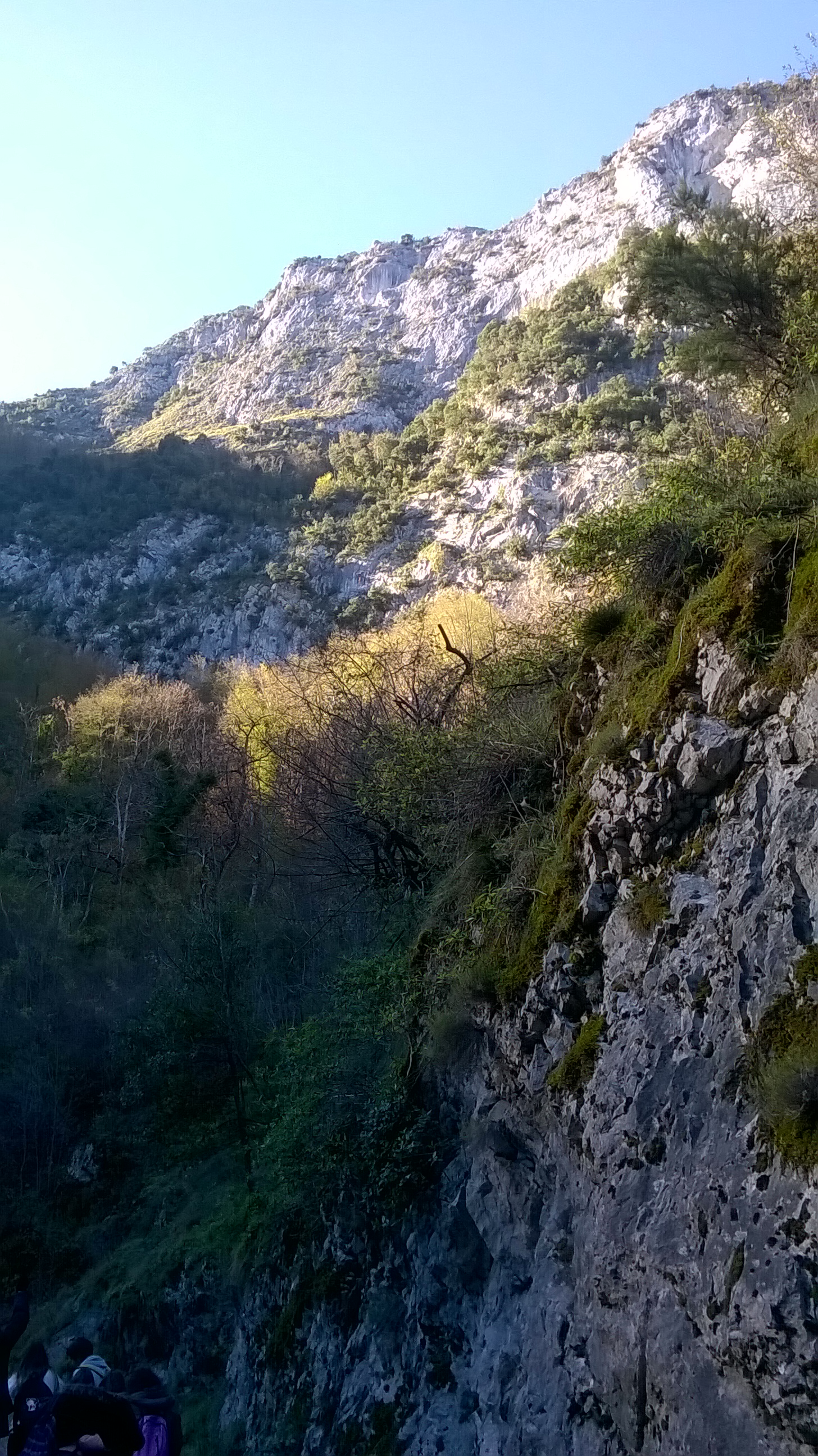
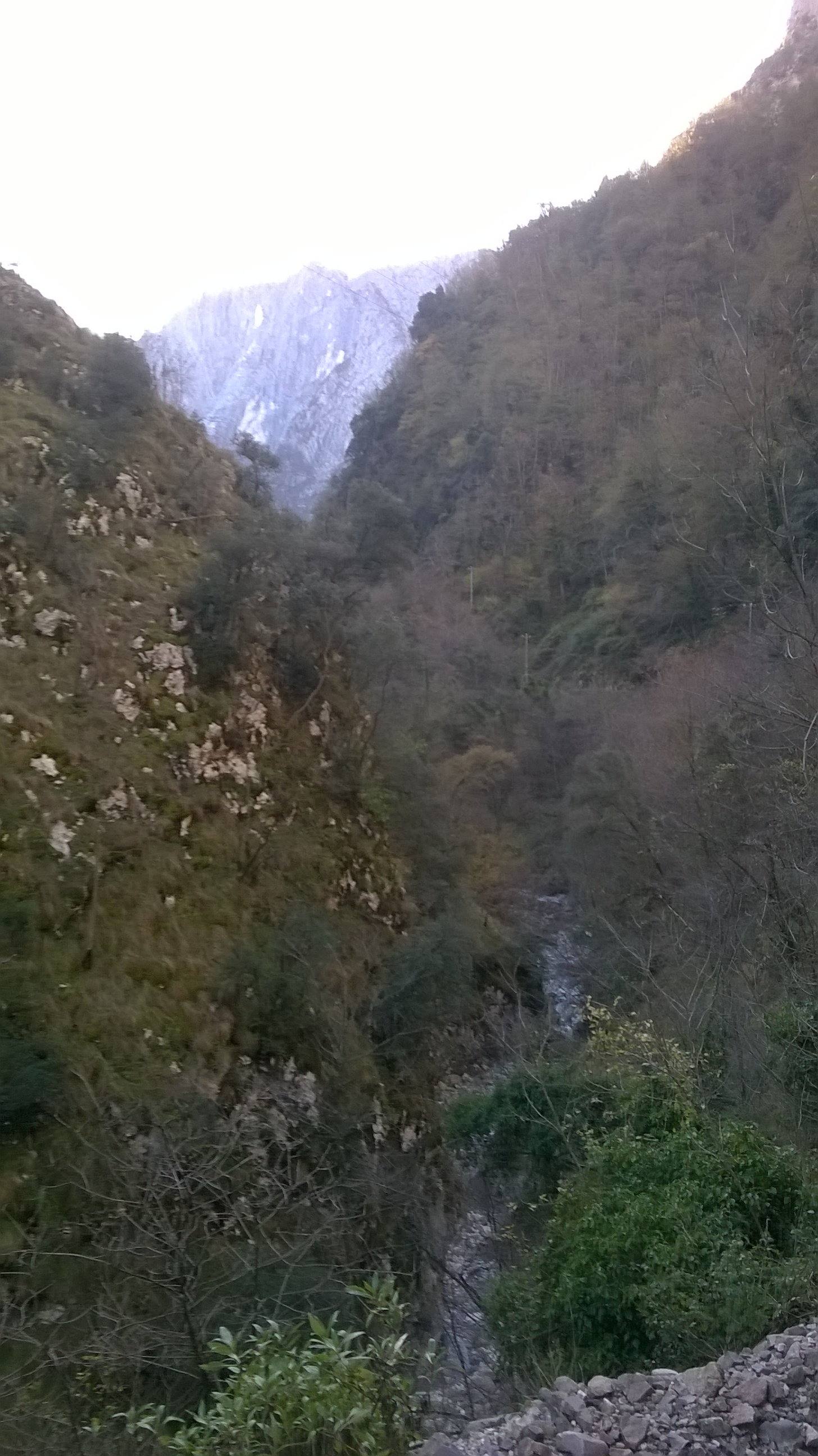
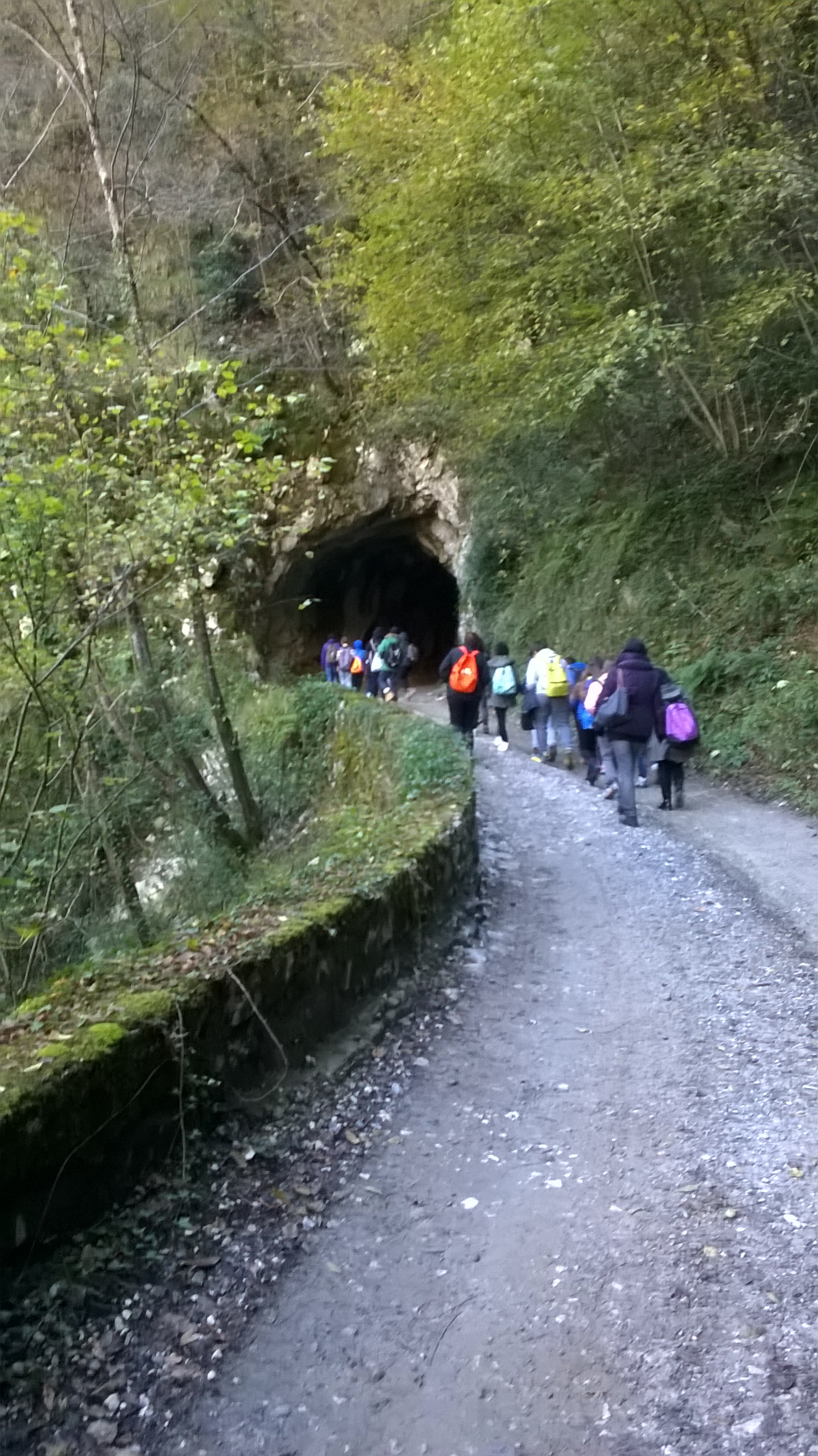
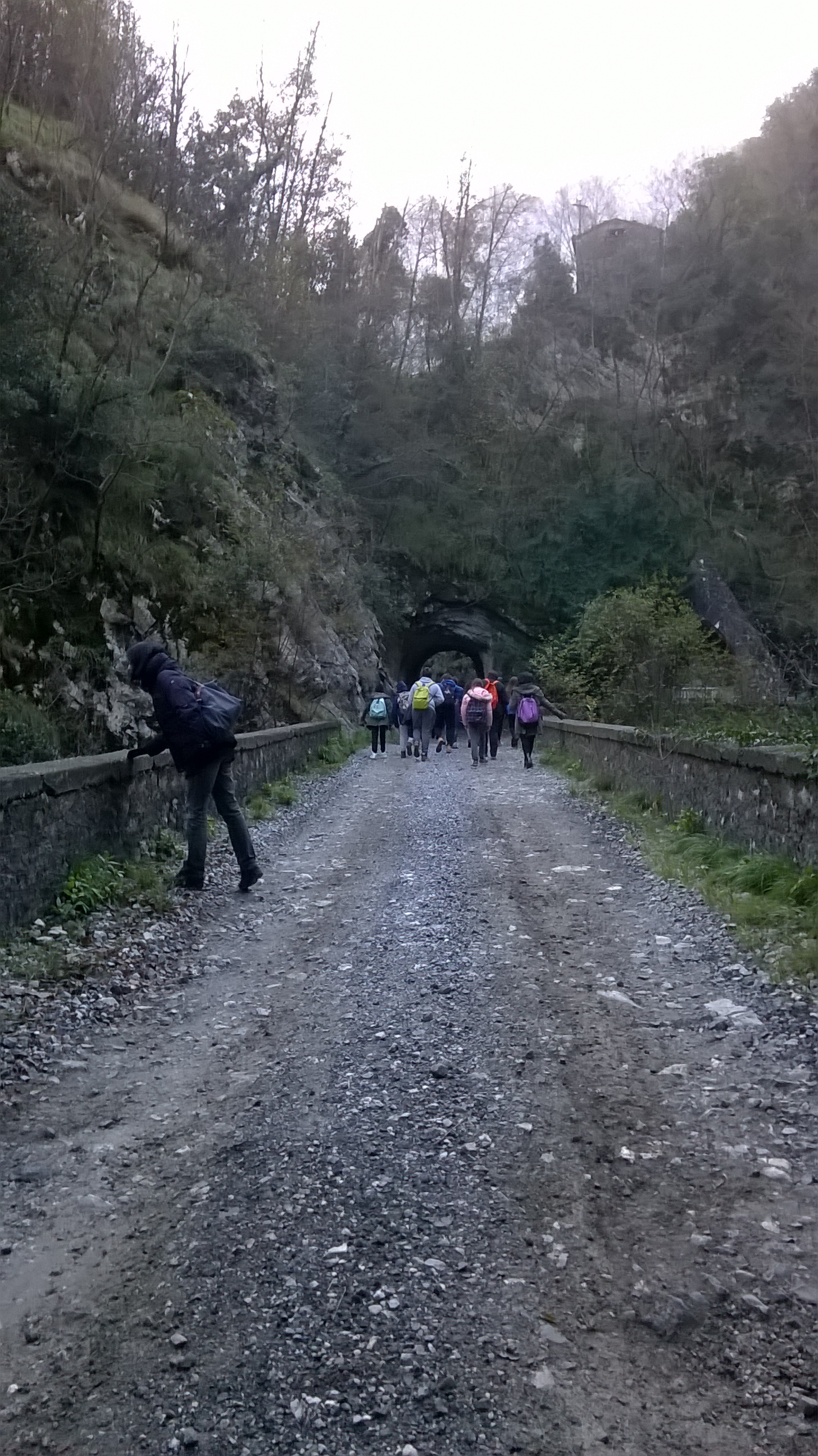
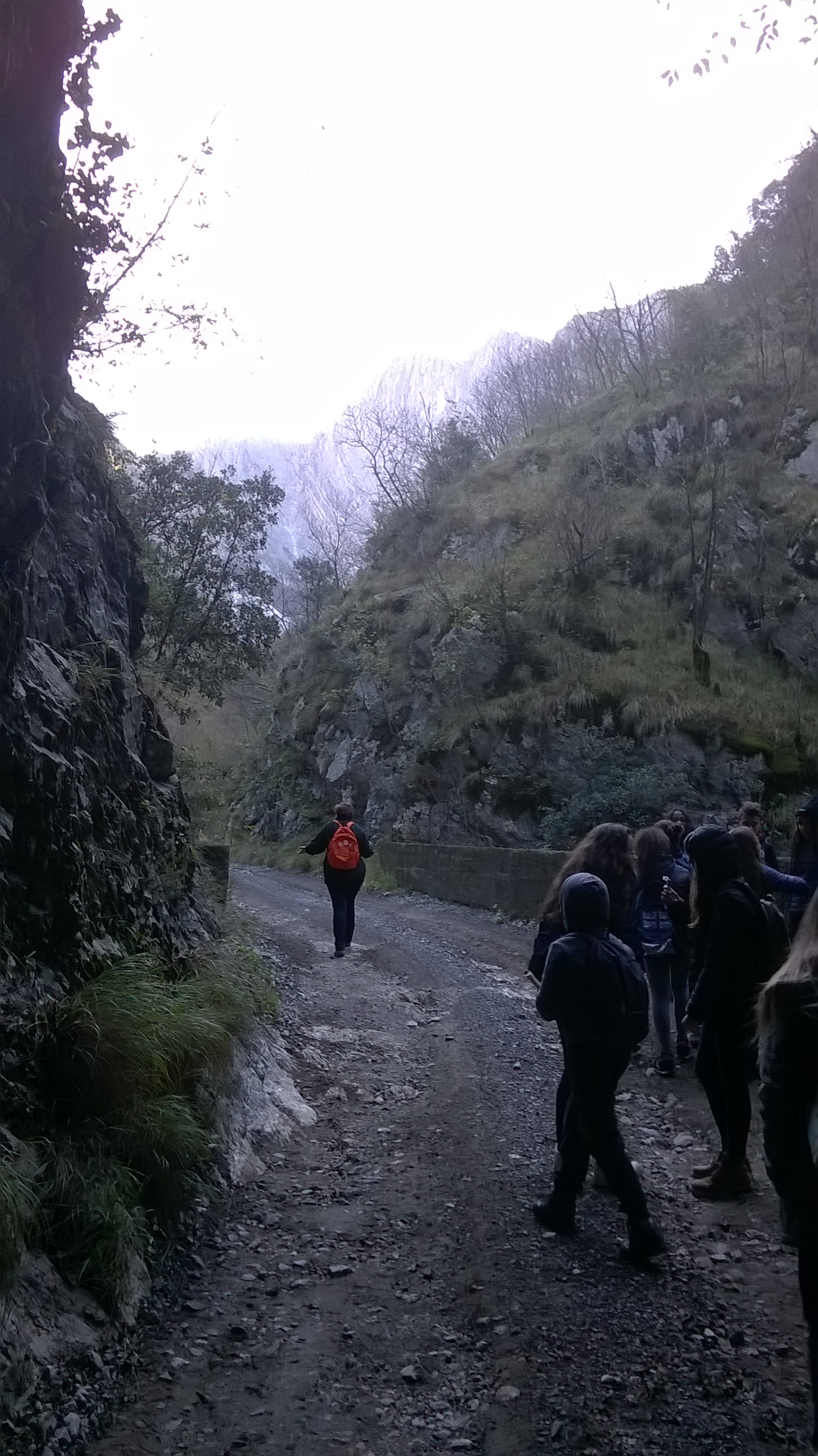
The endemic species
PINGUICOLA APUANA
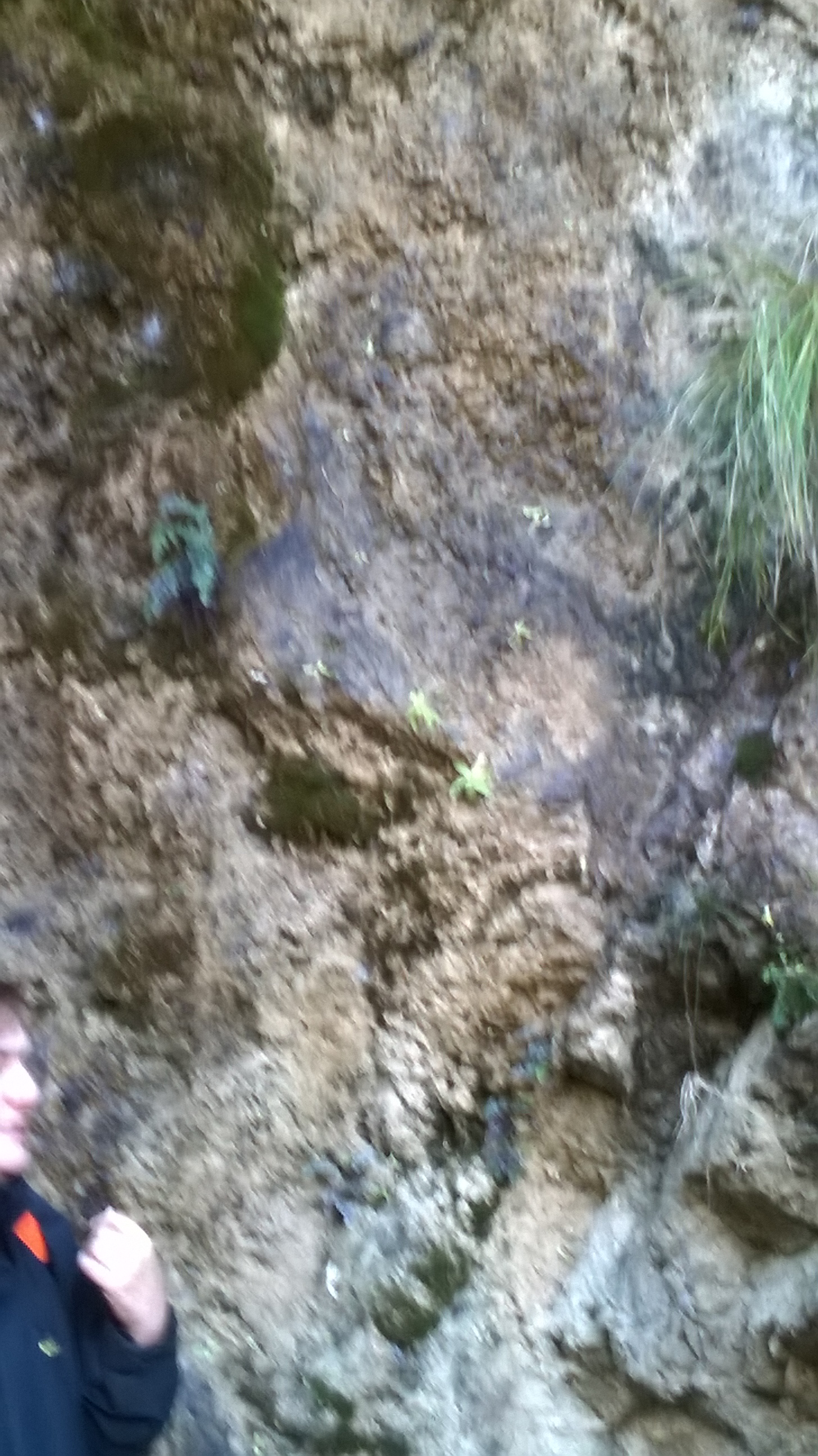
It is characterized by sticky and glandular leaves that the plant uses to attract, capture, kill, and "digest" the insects, in order to compensate for the lack of mineral nutrients in its habitat. It lives in rocky and wet sites, close up of drippings, often in stations facing north.
GLOBULARIA INCANESCENS
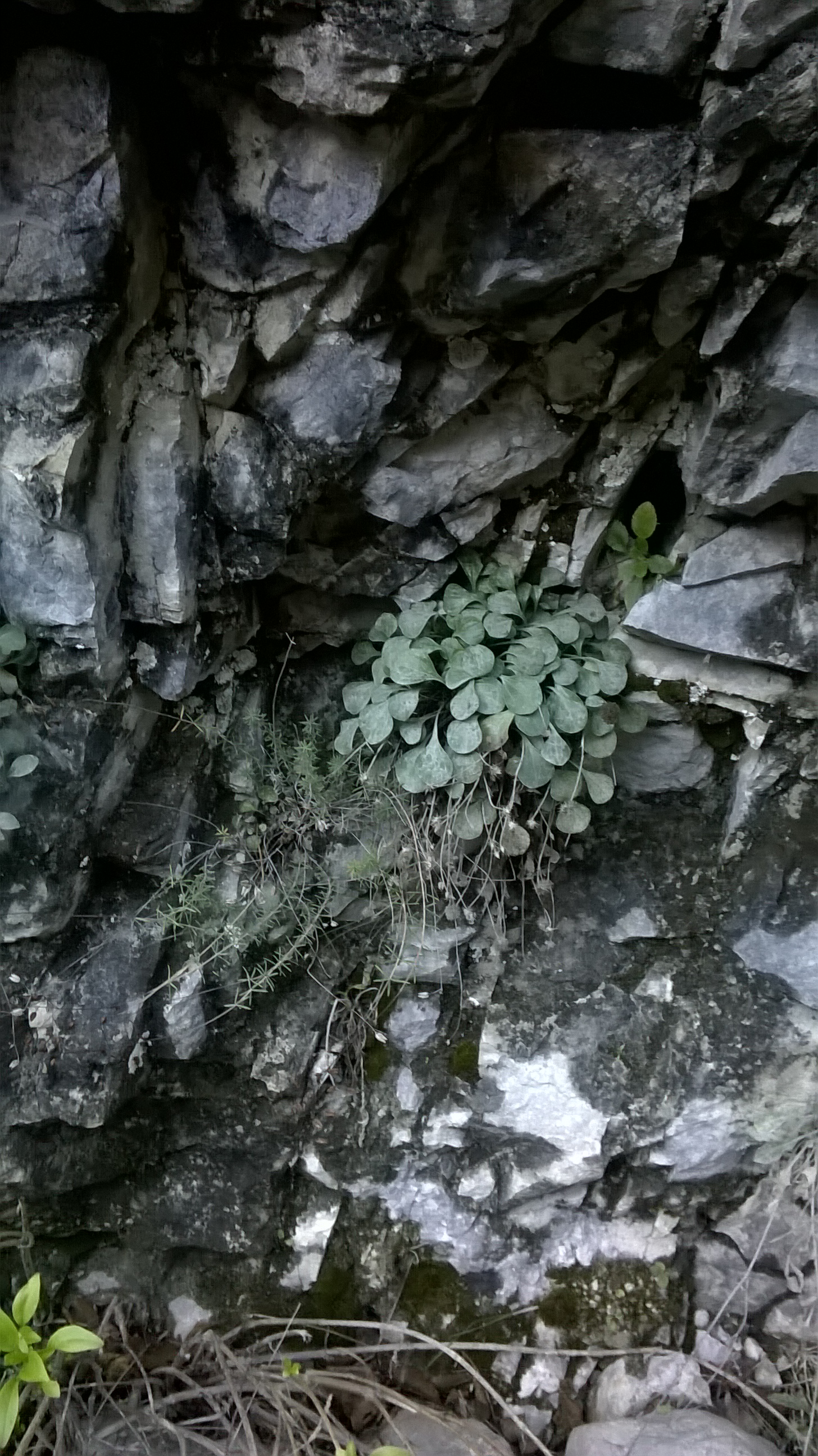
It lives on the limestone and dolomite cliffs of the Apuan Alps and has pale lilac flowers.
SANTOLINA LEUCHANTA
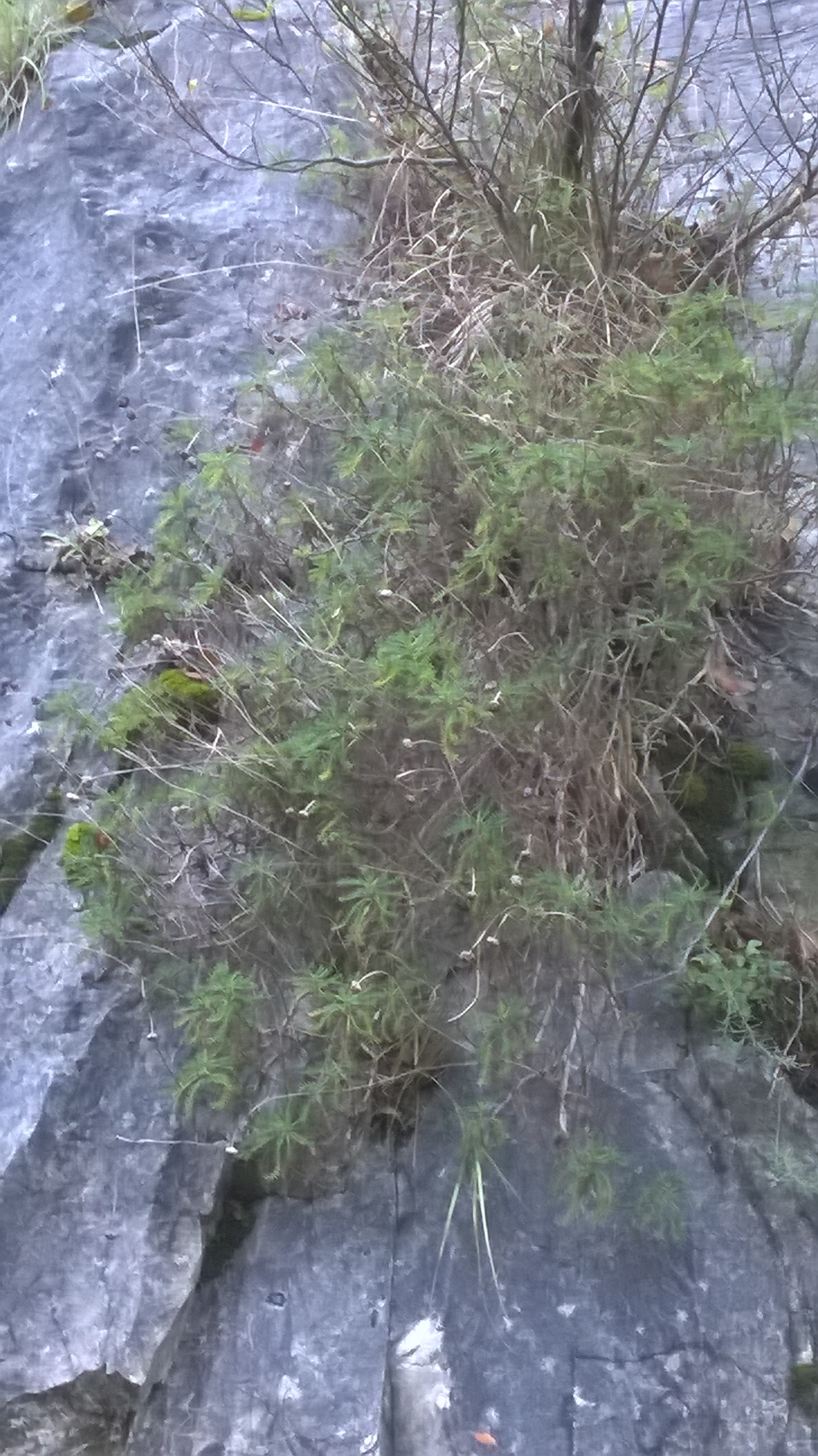
Once it was used to make a tea having sedative and pain-relieving effects. It lives on limestone rocks between 500 and 1500 mt of altitude.
The nest of the eagle
Our guides showed us a rock face where naturalists have pinpointed a nest of golden eagle
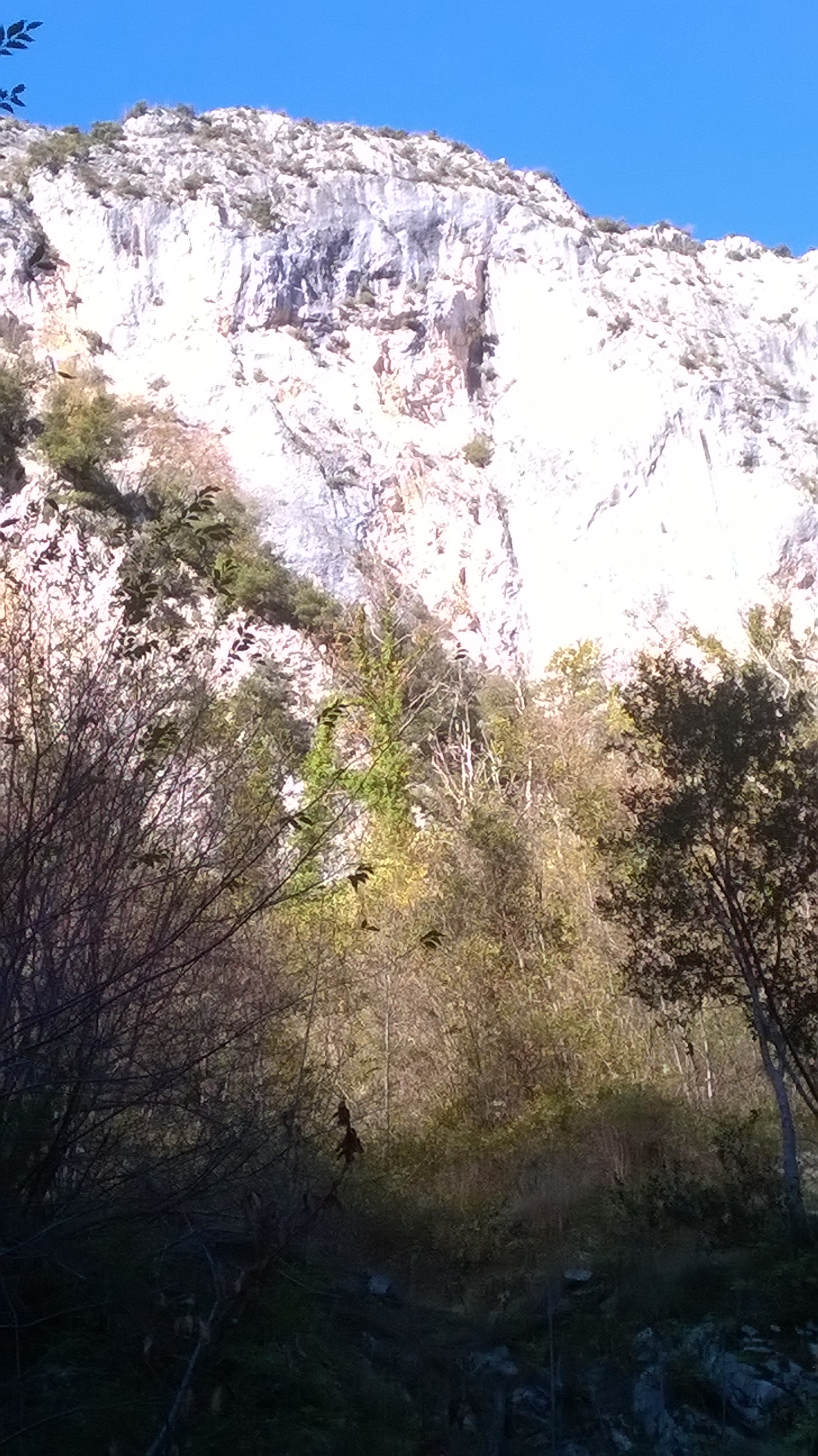
Karst Phenomena
Our guides pointed out to us that the river, from time to time, disappears. They told us that it has two beds, one on the surface and one underground. Karst phenomena are typical of the Apuan Alps because they happen for the dissolution of soluble rocks such as limestone and dolomite.
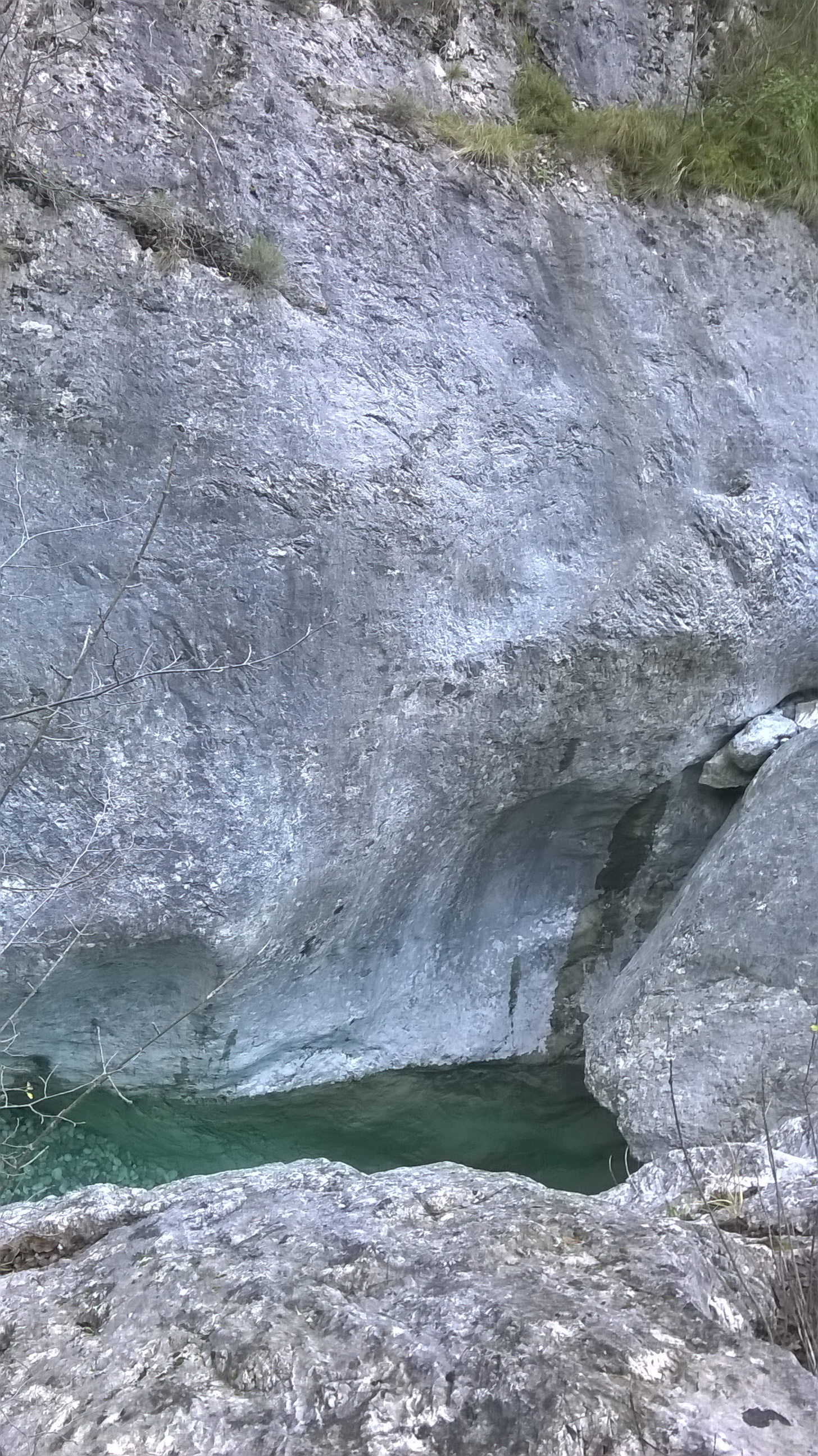
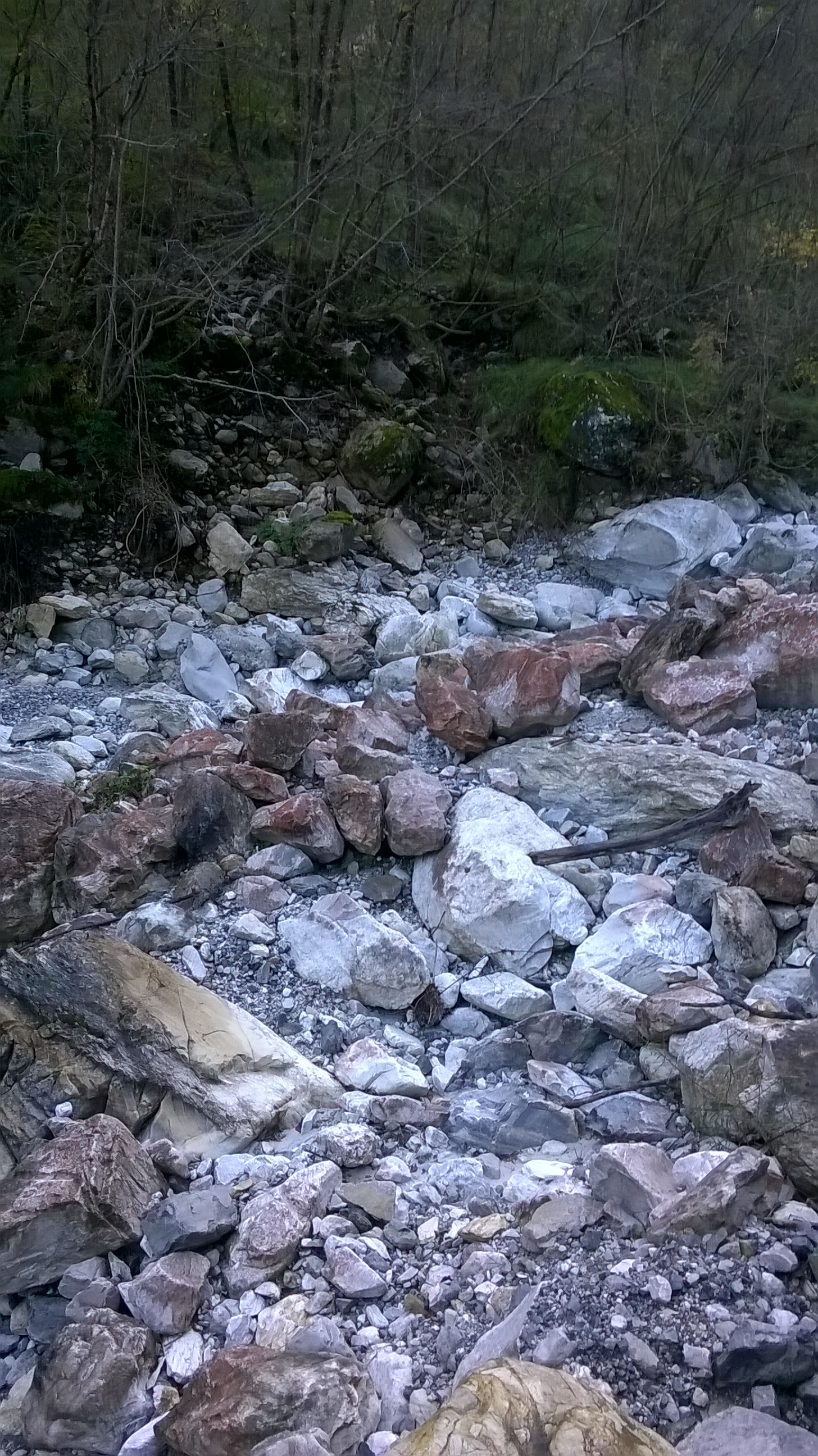
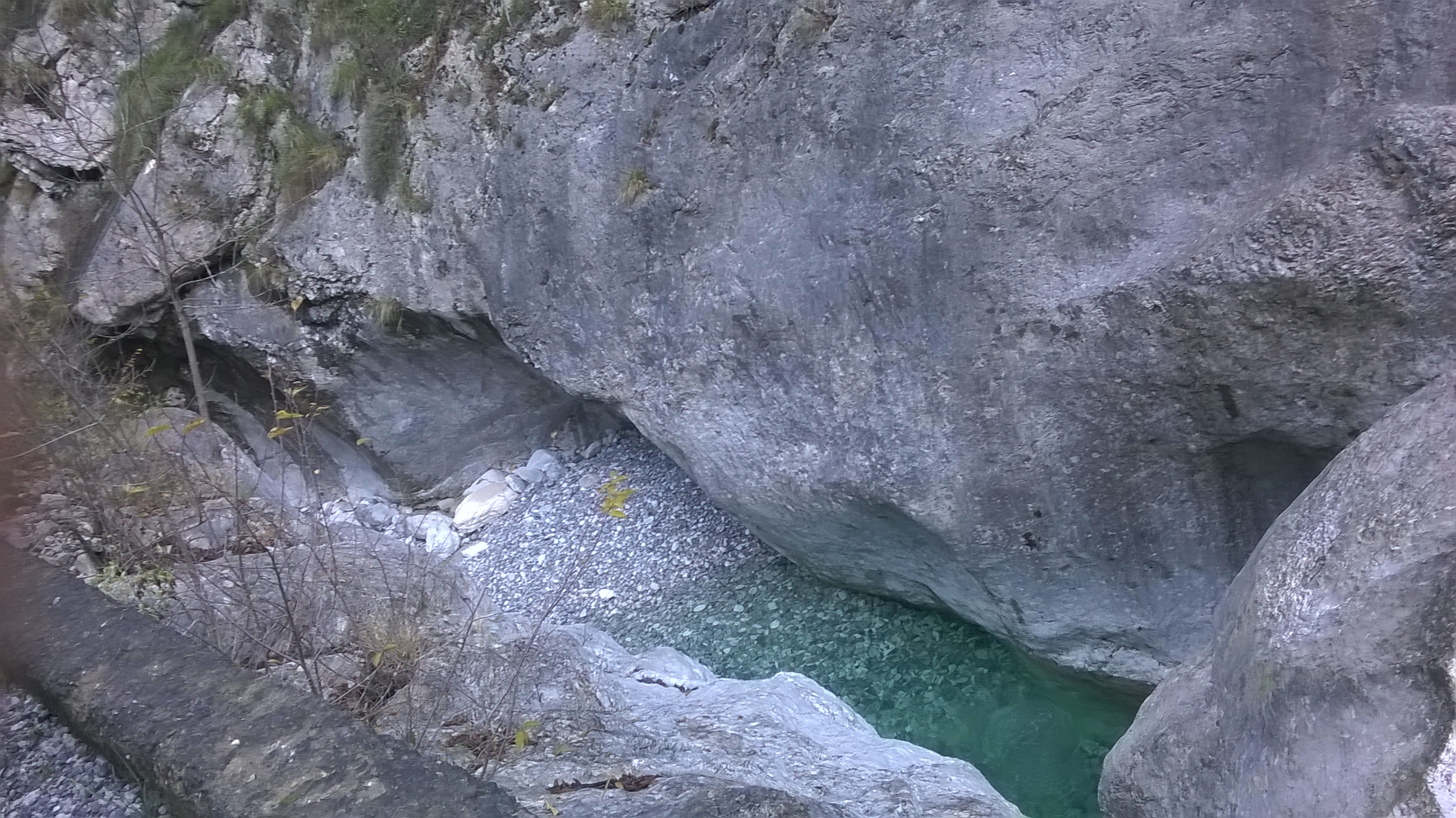
Finally we are within sight of the marble quarry!
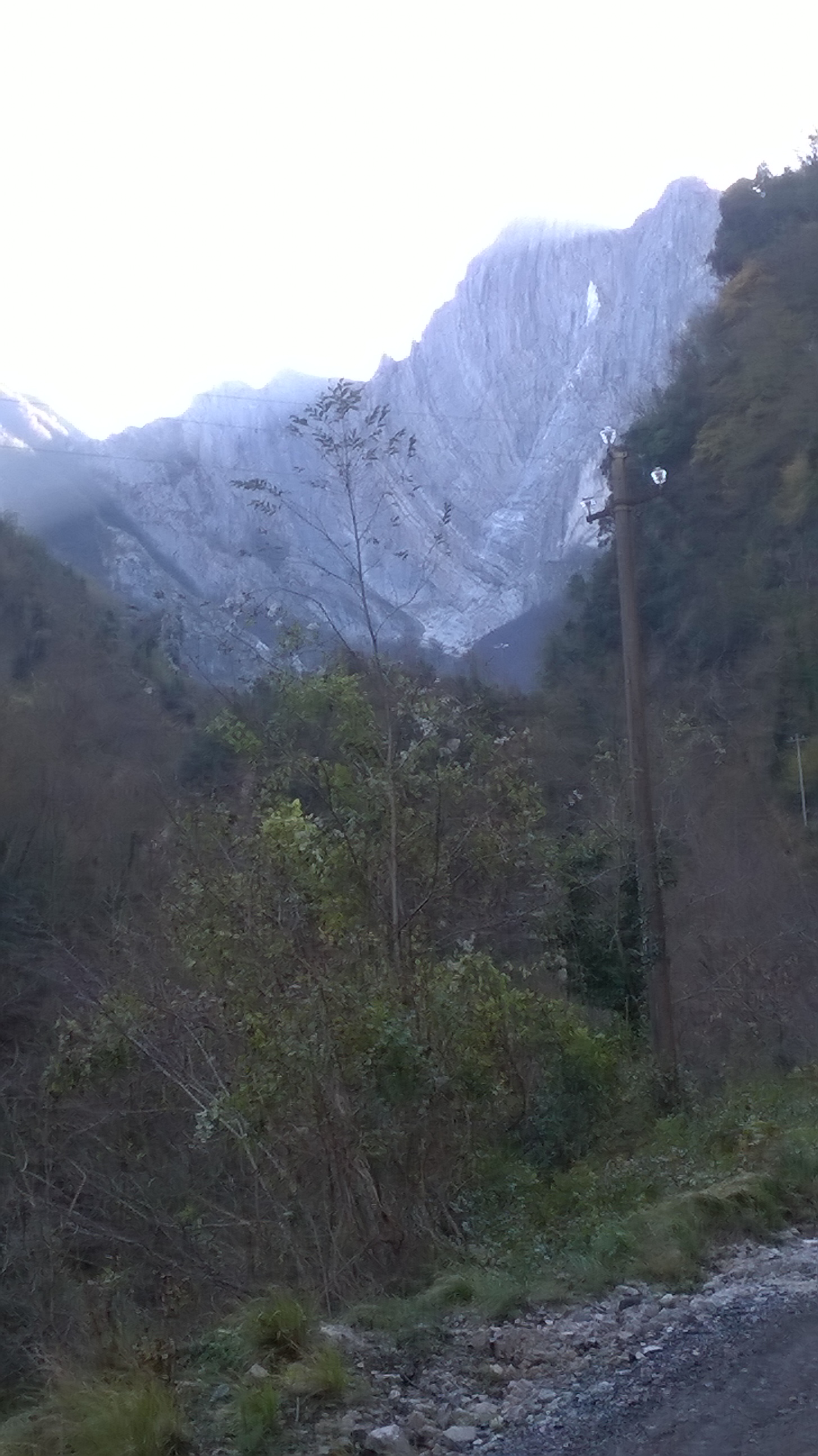
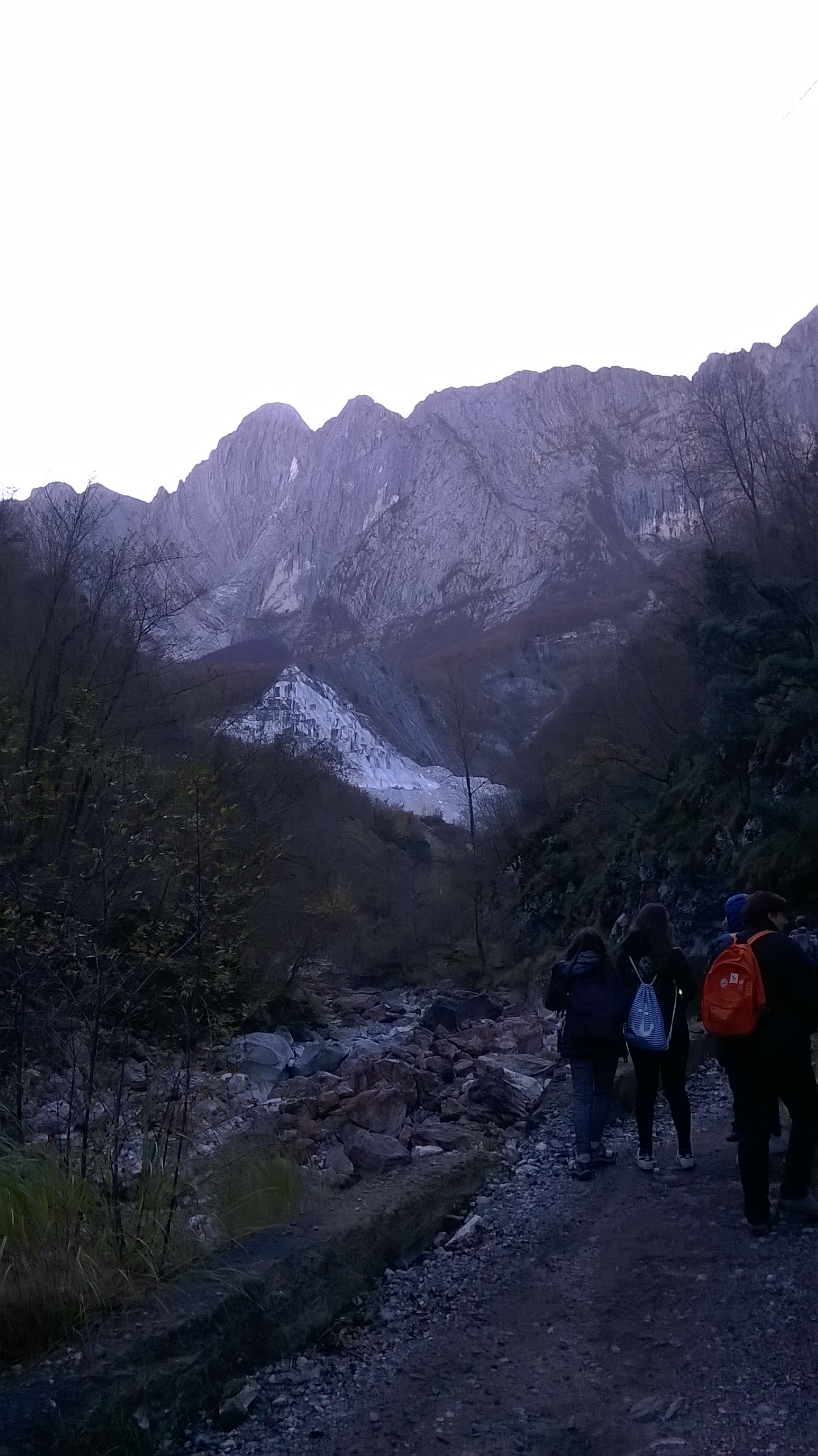
The marble quarry
Finally, after a steep climb, we arrived at the marble quarry. A worker showed us quarrying machinery, such as the machines to cut and to grind marble. He also told us the story of a boy who was badly injured by one of those machines.
We also learnt that marble blocks are used for sculpture and as a building material while marble scraps are used to produce calcium carbonate, which is used in many different industrial sectors, such as ceramics, paper, fertilizers, toothpaste, etc.
The scenery was wonderful and, in the distance, we could see the most important peaks of the Apuan Alps.
At the end of the excursion, at 13:10, we took the schoolbus again and went back to school.
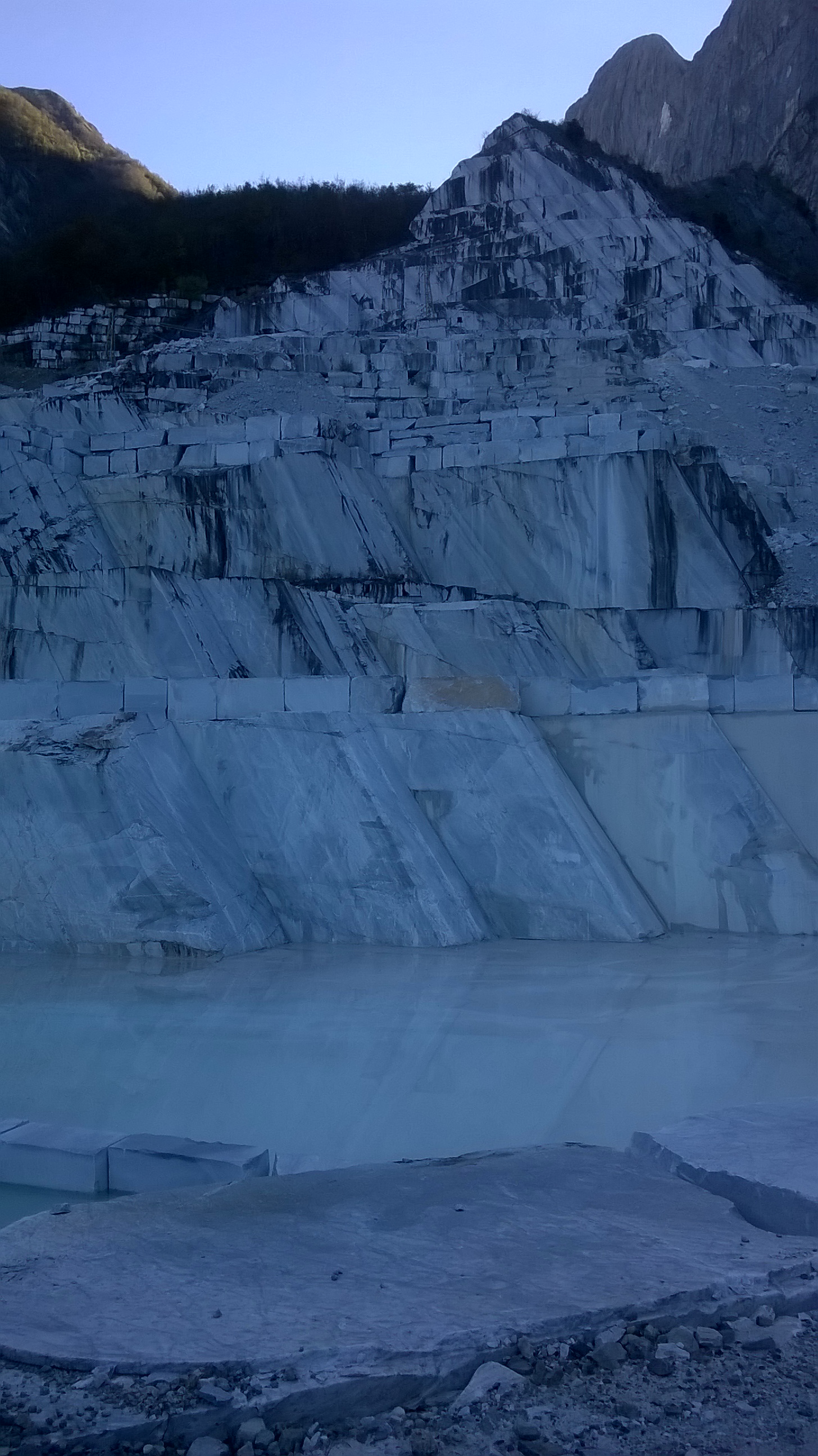
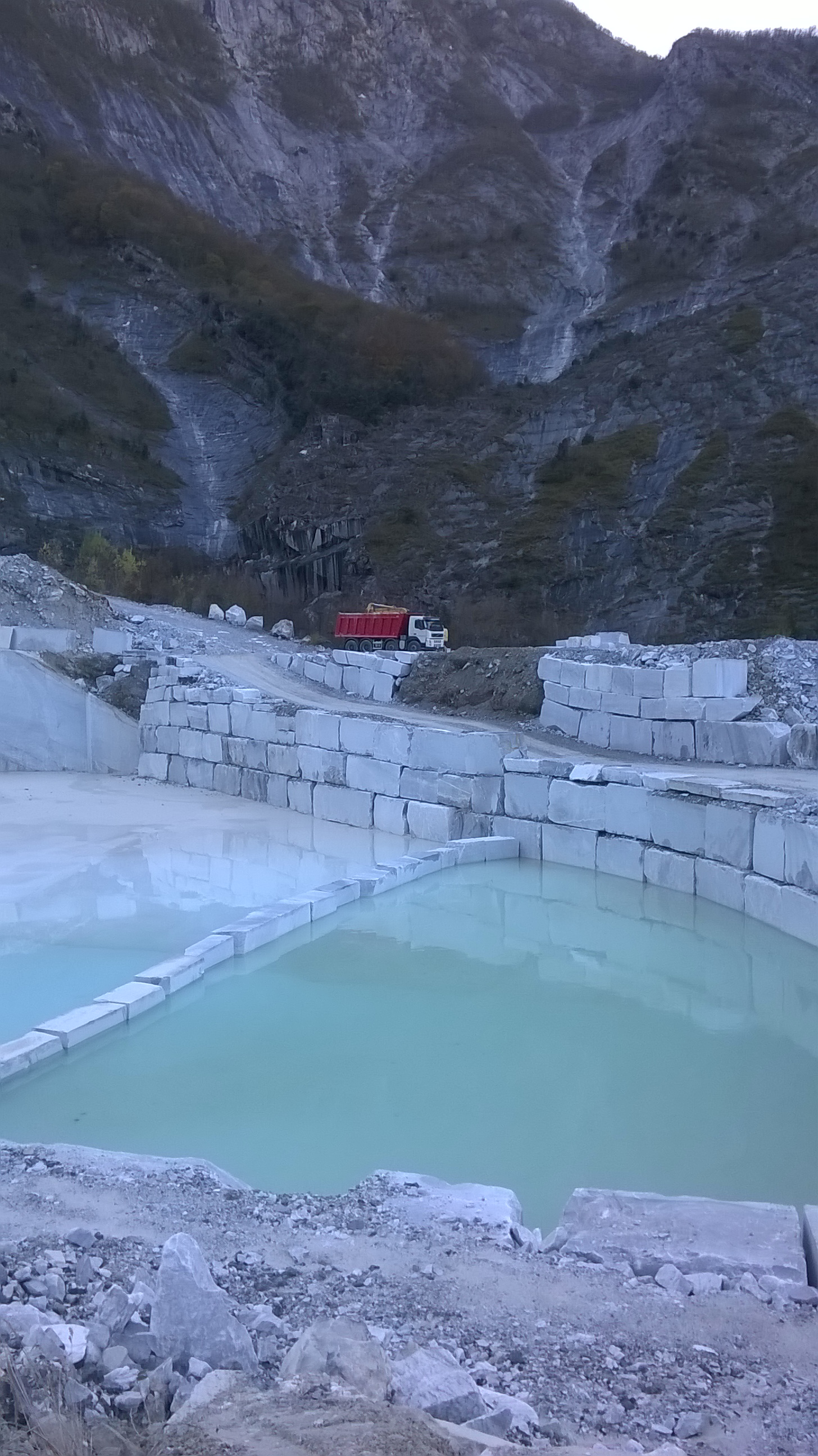
Here you can see our itinerary:
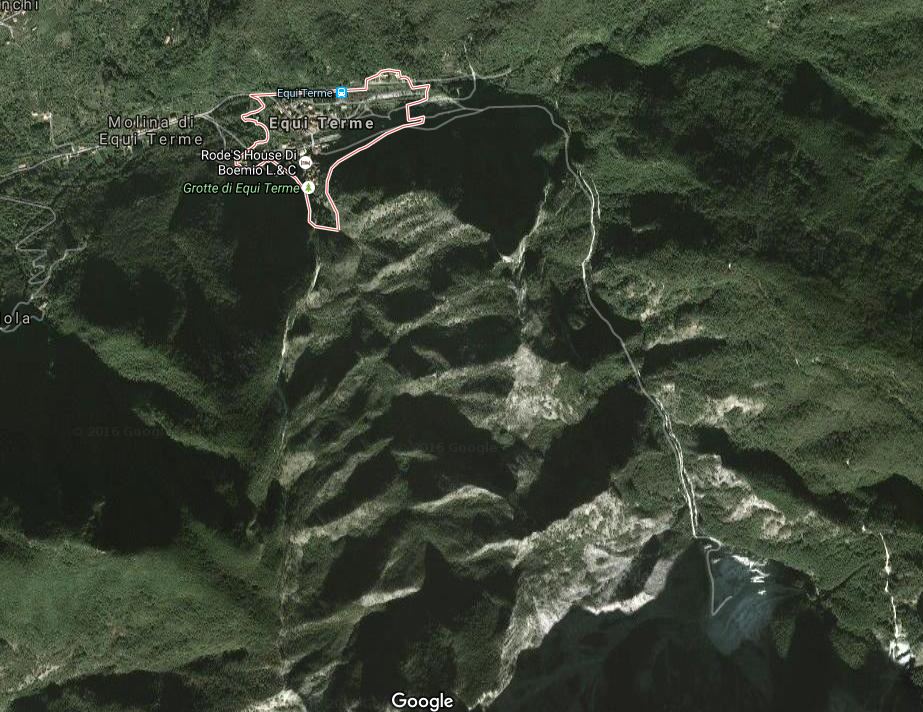
Our Ecosystem Card


